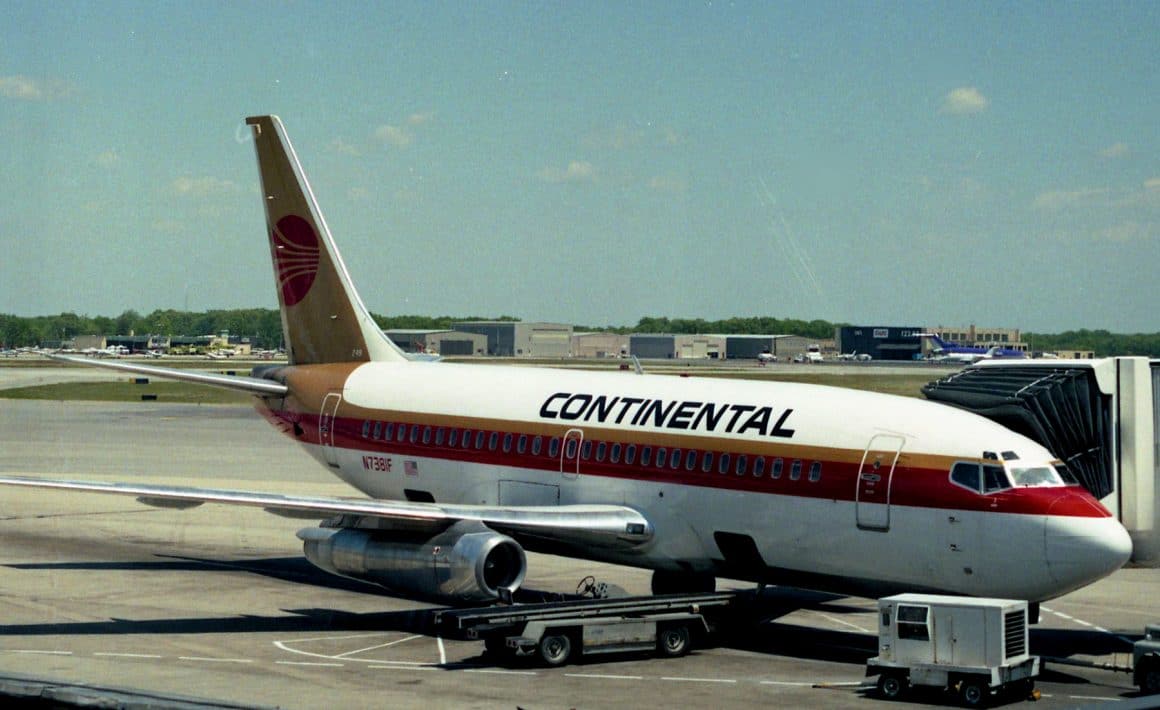Avgeekery guest blogger Robert Graves writes another excellent post on his experiences flying the small but mighty Boeing 737-200.
The Boeing Model 737 is considered one of the most successful airliners ever built. Boeing has built nearly 9000 of these aircraft since its introduction in 1968 with thousands of more orders on the books. Currently Boeing’s only narrow body aircraft in production, the 737 has been produced in seven variants over the years, the -100 through -700, including the 737-200. The next iteration, the Max-8, is currently undergoing flight testing and is scheduled for delivery to launch customer Southwest Airlines next year.
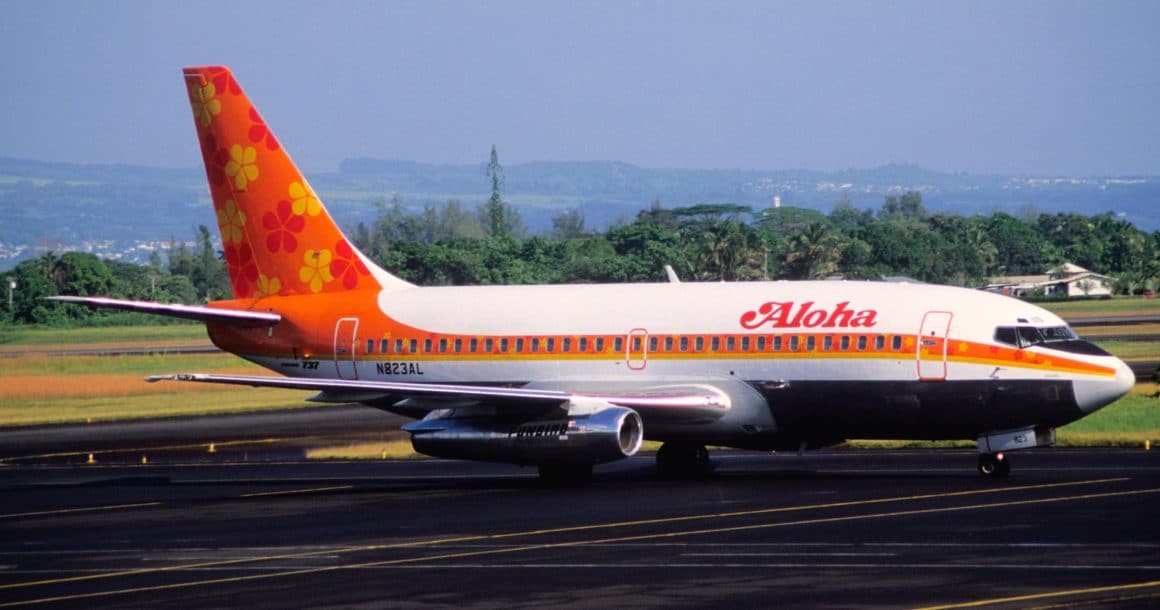
I flew the 737-200 in both the left and right seat from the time I was hired until my airline retired the aircraft from the fleet in the early 2000s. I have many thousands of hours of time in this aircraft and really enjoyed flying her. The 737-200 was a pilot’s airplane, meaning that she was responsive and easy to fly. It was easy to put the airplane where you wanted her and once you learned the tricks to make a smooth landing such as the “roll-on”, she was a real cream puff.
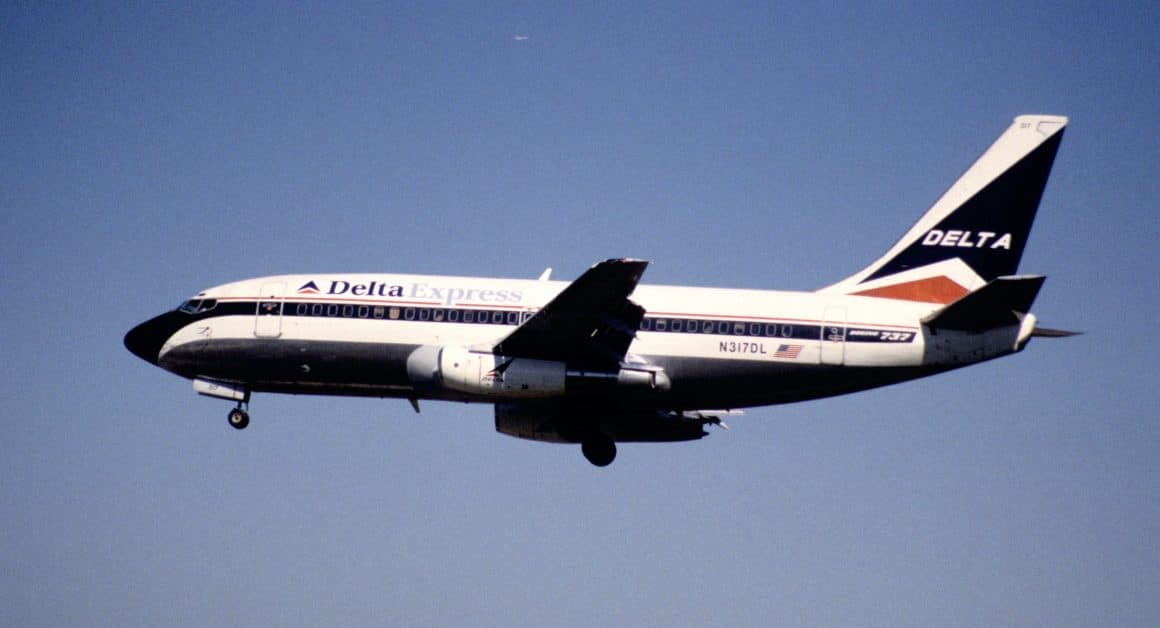
The 200 had her drawbacks as well. Being underpowered was one of the greatest frustrations. When Boeing introduced this aircraft as the -100 model, it came equipped with Pratt and Whitney JT8D-7 engines producing about 14,000 lbs of thrust. This aircraft was so underpowered that it was not even allowed to use full flaps to land as there was too much drag. The 100 model was quickly replaced by the 737-200 model, which offered the upgraded JT8D-9 engines producing 15,500 lbs of thrust. I only flew the aircraft with the -9 engines. Still, she was kind of a pig.
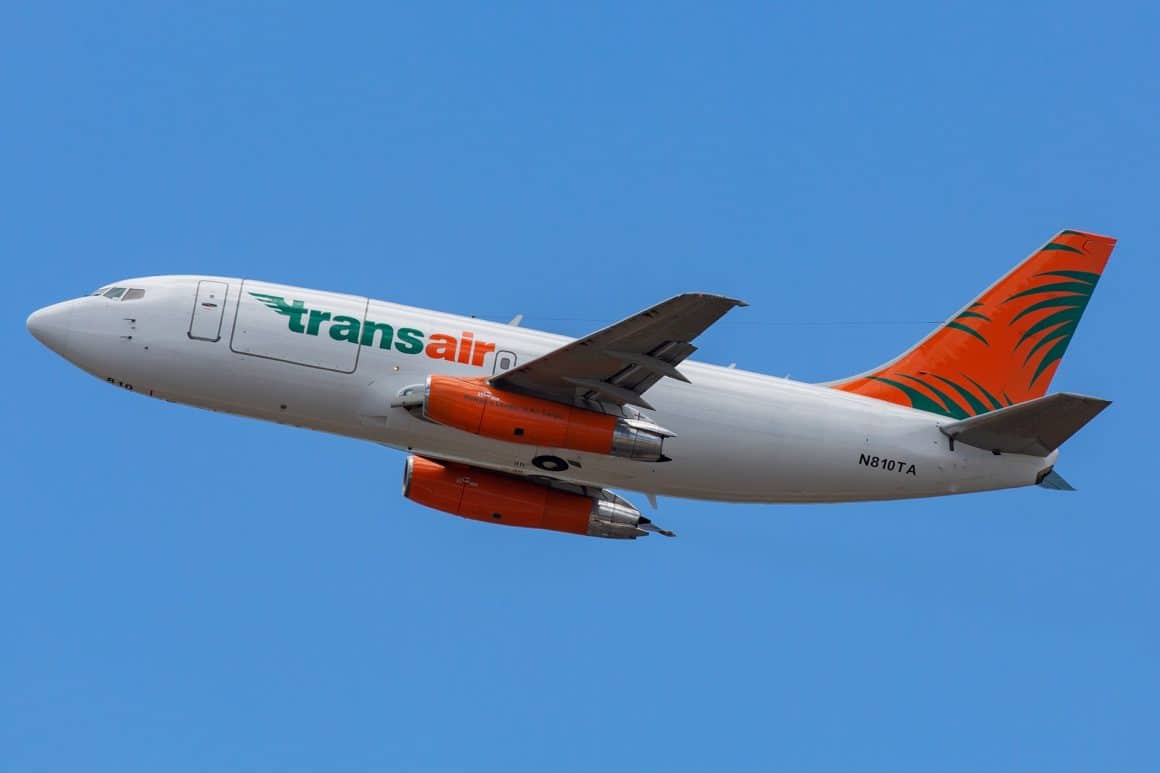
Don’t Shut Off the APU!
Taking off of short runways was always kind of exciting. One procedure with which all 737-200 pilots had to become intimately familiar was the “bleeds off” takeoff. During normal operations, hot, compressed or “bleed” air is drawn out of the engine to run the air conditioning and to provide pressurization. When taking off from a short runway on a hot day, drawing that bleed air means that it isn’t available to produce thrust. So one method to increase thrust from the engines was to turn the bleeds off and to use air from the auxiliary power unit (APU) for air conditioning until getting airborne.
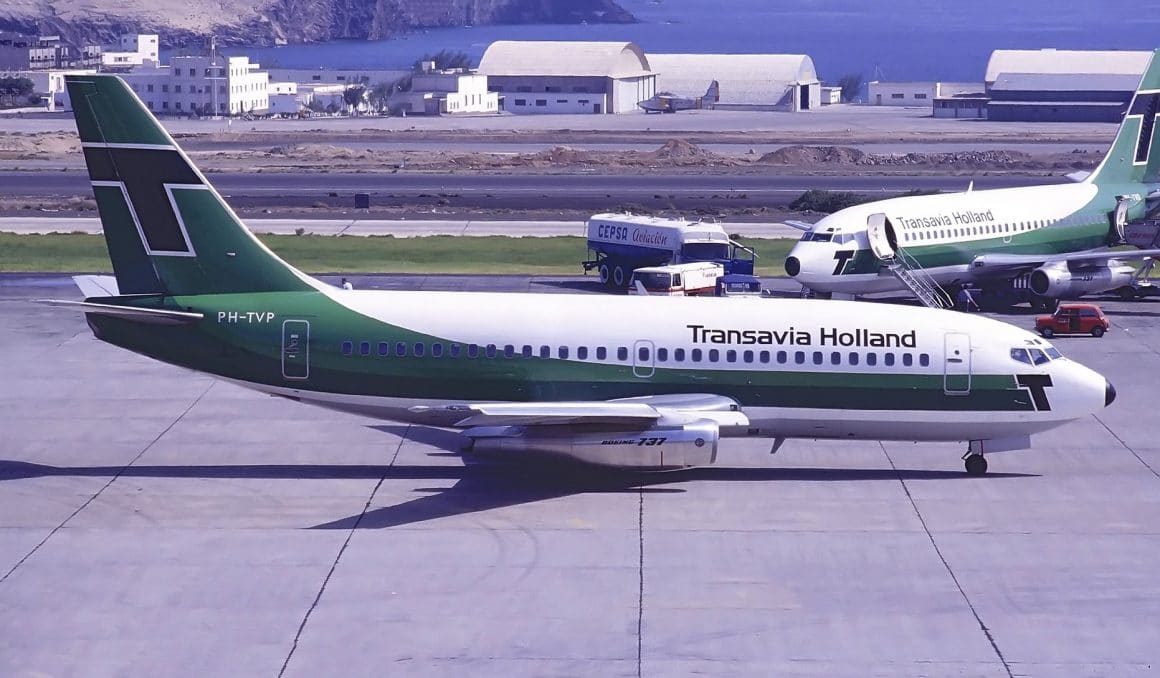
Without the extra thrust from the bleed air being available, there often wasn’t enough thrust for a safe takeoff. It was during taxi-out and after takeoff that problems arose. There are six switches controlling the bleed air plumbing on a 737 and they must be positioned correctly. One particular mistake could cause damage if both the engine and APU bleed valves were open at the same time as the engine would overpower the APU. Otherwise, one of the more common mistakes was to forget that the APU was needed and to accidentally shut it off. This usually happened right after being cleared for takeoff meaning an embarrassing call to the tower that you had to delay to start it up again.

Once airborne, forgetting to reconfigure the bleeds back to normal could be a big problem. If you climbed high enough like this, you might get the altitude warning horn as the cabin wouldn’t pressurize. Go higher still and you’d get the “rubber jungle” as the masks fell. Besides causing a severe panic in the back, it was a guaranteed trip to see the chief pilot followed by an unpaid vacation as you’d probably get some time off.
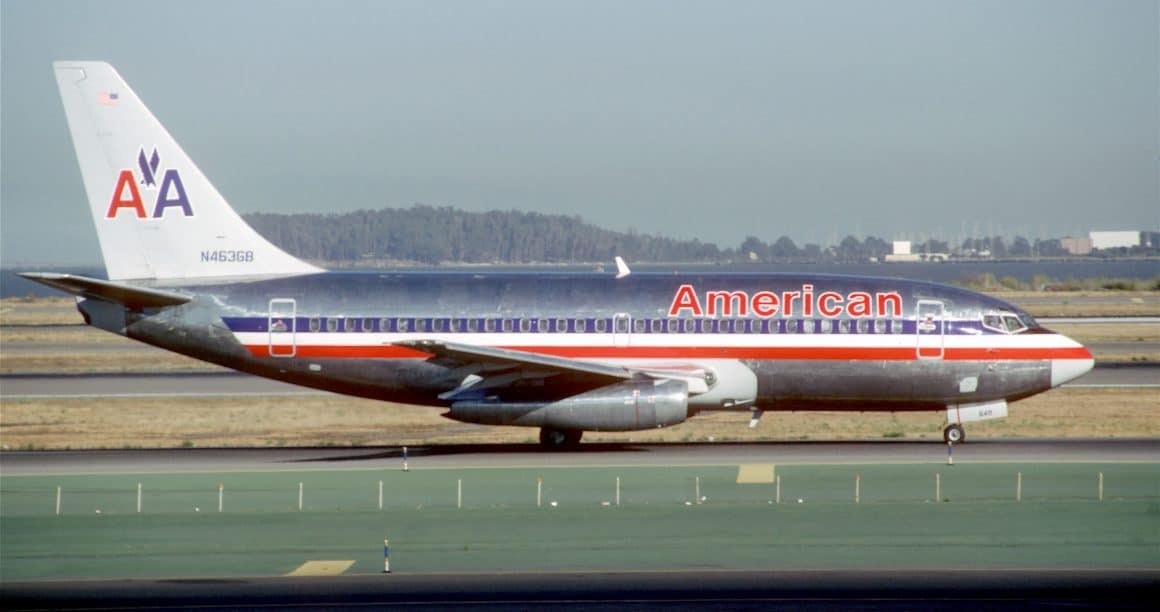
Other aspects of the low thrust of the aircraft meant that turning on the engine anti-ice would slow your climb rate and turning on the wing anti-ice meant almost no climb capability as it used quite a bit of bleed air. That said, the cooling capability was always great on the 200. It wasn’t until the introduction of the -300 that Boeing changed the air conditioning to include a “low flow” setting which made that airplane hot in the summer.
